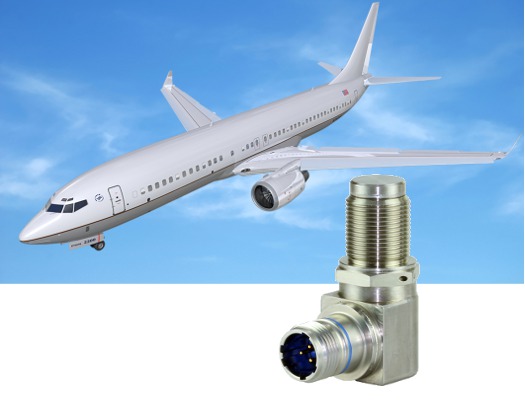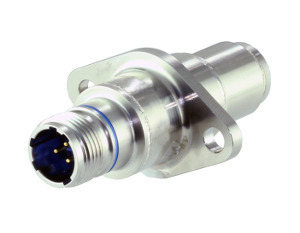 |
| September 19, 2017 | Volume 13 Issue 35 |
Designfax weekly eMagazine
Archives
Partners
Manufacturing Center
Product Spotlight
Modern Applications News
Metalworking Ideas For
Today's Job Shops
Tooling and Production
Strategies for large
metalworking plants
Self-diagnosing sensors from Honeywell improve aircraft systems performance and safety

Honeywell has produced a new series of self-diagnosing sensors designed to improve the performance of aircraft systems and reduce maintenance costs associated with false readings.
Honeywell sensors and switches have been used on commercial, business, and military aircraft for more than 30 years and can be found in a range of applications such as engines, fuel pumps, exit doors, landing gear, cargo doors, cabin controls, and auxiliary power units.
The Integral Health Monitoring (IHM) series proximity sensors can detect when a sensor has been damaged or otherwise impacted. The patented proximity sensors can be designed into a range of aircraft systems such as thrust reverser actuation systems, flight controls, aircraft doors, cargo loading systems, evacuation slide, locks, and landing gear.
"Aircraft operators who receive a sensor reading often cannot be sure if they have a system issue that needs to be addressed or if the sensor itself is malfunctioning," says Graham Robinson, president of Honeywell's Sensing and Internet of Things business. This operating unit produces more than 50,000 sensing products for a range of industries from aerospace to medical to oil and gas. "Leveraging Honeywell's technical expertise in the aerospace industry, we innovated a circuit that can detect whether a sensor reading is correct or the result of damage or some other problem with the sensor itself."

The proximity sensors are configurable, non-contact devices designed to sense the presence or absence of a target in harsh-duty aircraft applications such as determining when a thrust reverser is not fully closed. The sensors can detect most internal failures and display a fault output to a pilot or maintenance worker in order to help reduce aircraft downtime and maintenance costs.
"With our health monitoring capabilities, proximity sensors can notify engineers or operators of potential issues with a system before or after the component fails," says Robinson. "The sensor fault-detection provides mechanics on the ground with the information they need to perform inspections and repairs without a long and costly troubleshooting process."
For example, proximity sensors in aircraft landing gear systems provide a pilot with a fault alert on landing approach to warn if the landing gear is not completely deployed. With Honeywell's health-monitoring feature, the IHM proximity sensors can indicate if the error message was caused by the sensor itself rather than an issue with the landing gear.
Honeywell has also recently introduced Linear Variable Differential Transformers (LVDTs) that are used in engine mechanisms, pilot controls, and nose-wheel steering applications. These devices provide next-generation aircraft with continuous position monitoring and are designed for use in harsh environments. The LVDT sensors are already being incorporated into Honeywell-manufactured aircraft systems and can support other component and system manufacturers.
For both new sensors, Honeywell offers design engineering support and a standard design platform in which the engineering work is performed up front to provide an off-the-shelf solution to speed up customer design cycle times.
Source: Honeywell Safety and Productivity Solutions (SPS)
Published September 2017
Rate this article
View our terms of use and privacy policy
